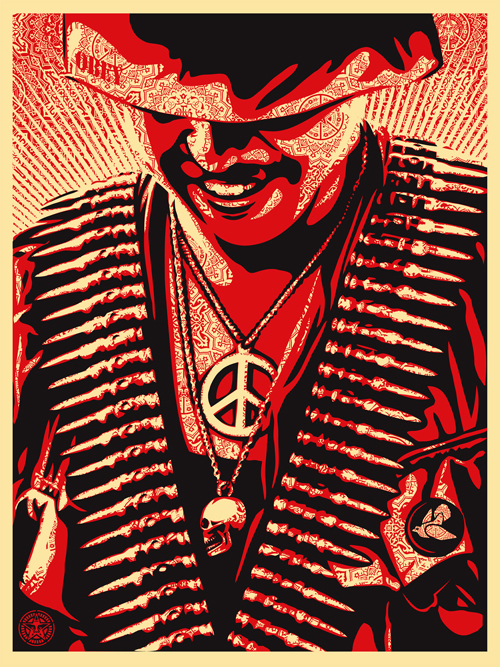
FAST COMPANY: Shepard Fairey, the artist who created the famous Obama poster image, and who was accused by the AP last week of copyright violation, has now counter-sued the AP claiming his use of the image was fair use. Arguing in U.S. District Court in Manhattan, Fairey’s lawyers acknowledged that he had used the photo, which was taken by Mannie Garcia for the AP, but said he had transformed the literal depiction into a “stunning, abstracted and idealized visual image that creates powerful new meaning and conveys a radically different message.”
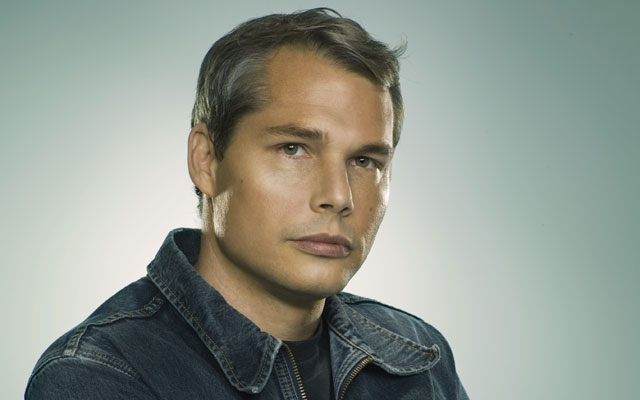 Fairey’s getting some powerful help in his fight. The lawsuit was brought on Fairey’s behalf by the Stanford Law School’s Fair Use Project and a San Francisco-based law firm. It’s been a tumultuous week for Fairey, who opened a 20-year career retrospective at Boston’s Institute for Contemporary Art on Wednesday, then was arrested on Friday as he was about to deejay a party at the art museum. He was charged with tagging property in Boston with graffiti based on the Andre the Giant street art from his early career, then released a few hours later. He was scheduled to be arraigned today in Brighton District Court. MORE
Fairey’s getting some powerful help in his fight. The lawsuit was brought on Fairey’s behalf by the Stanford Law School’s Fair Use Project and a San Francisco-based law firm. It’s been a tumultuous week for Fairey, who opened a 20-year career retrospective at Boston’s Institute for Contemporary Art on Wednesday, then was arrested on Friday as he was about to deejay a party at the art museum. He was charged with tagging property in Boston with graffiti based on the Andre the Giant street art from his early career, then released a few hours later. He was scheduled to be arraigned today in Brighton District Court. MORE
BOSTON HERALD: But you might say BPD Detective Bill Kelley, who has been scrubbing the Hub of vandals since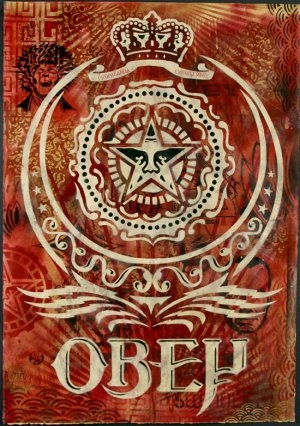 the late ’90s, is a critic of Fairey’s work. “He’s always been a big problem,” Kelley said. “He’d go from city to city to do this.” Never mind his star status among Obama fans. In the graffiti subculture, Kelley said, Fairey is an icon who commands respect.
the late ’90s, is a critic of Fairey’s work. “He’s always been a big problem,” Kelley said. “He’d go from city to city to do this.” Never mind his star status among Obama fans. In the graffiti subculture, Kelley said, Fairey is an icon who commands respect.
Kelley learned Jan. 24 that Fairey was in Boston to promote his upcoming exhibition at the Institute of Contemporary art. He noticed more of Fairey’s “Obey” stickers popping up around the Hub — on a bridge near Kenmore Square, on Newbury Street. Neither location, Kelley noted, appears on an ICA map that charts the artist’s lawful decorative work around the Hub. When Kelley caught up to Fairey on Friday night, he was on his way to the ICA, clad in an “Obey” sweatshirt and carrying stickers with his moniker, police reported.
Although one law enforcement official privately doubted the charges will stick against Fairey, Kelley has an impressive record of laying down the law in the anarchistic world of taggers. An artiste of sorts himself, he’s the cop who spent a decade tracking a notorious vandal known as “Spek” — a 28-year-old Reading man he put behind bars last year. He helped nab international graffiti queen Danielle Bremner, who’s now fighting 33 counts of tagging. Many wonder why BPD spends so much time nabbing nuisances when violent crime persists. Some wonder whether Fairey is a victim of political backlash. But for Kelley, it’s simple. The law is something everyone has to . . . obey. MORE
THE MERCURY NEWS: Shepard Fairey, the Los Angeles-based artist behind the posters, used a photograph taken by an Associated Press freelancer as the inspiration for his image. Last week, the AP accused Fairey of using the photo 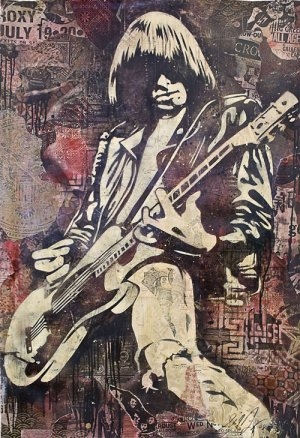 without permission. The news organization, which threatened to sue, wanted an undisclosed payment and a portion of any profits.But on Monday, Fairey’s attorneys — The Fair Use Project at Stanford Law School and a San Francisco law firm — beat the AP to court. The lawsuit, filed in the U.S. District Court for the Southern District of New York, seeks a declaration stating that Fairey’s artwork does not infringe any copyrights and is protected by the Fair Use Doctrine. “Fair use” allows limited use of copyrighted material without permission, typically for parody or satire.
without permission. The news organization, which threatened to sue, wanted an undisclosed payment and a portion of any profits.But on Monday, Fairey’s attorneys — The Fair Use Project at Stanford Law School and a San Francisco law firm — beat the AP to court. The lawsuit, filed in the U.S. District Court for the Southern District of New York, seeks a declaration stating that Fairey’s artwork does not infringe any copyrights and is protected by the Fair Use Doctrine. “Fair use” allows limited use of copyrighted material without permission, typically for parody or satire.
For the Obama poster case, a key legal issue is whether Fairey’s graphic art “transformed” the original photograph. “Fair use is really the breathing space under copyright law that is intended to allow people to use and refer to other people’s works in order to create new works” said Kerry Konrad, an intellectual property law expert who is not involved in the case. “My guess is it’s going to be a very close case. It will end up being a very difficult legal question in an area in which the courts have always struggled to find the line.”
“The Associated Press is disappointed by the surprise filing by Shepard Fairey and his company, and by Mr. Fairey’s failure to recognize the rights of photographers in their works,” said Paul Colford, AP’s director of media relations. “The photograph used in the poster is an AP photo, and its use required permission from AP.”
But there’s another twist.The photograph that inspired Fairey’s artwork was taken by Mannie Garcia, a freelance 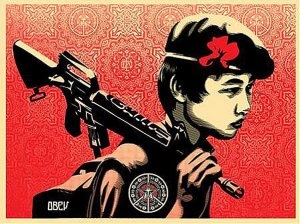 photographer. Obama was participating in a National Press Club discussion about genocide in Darfur when Garcia took the picture. But Garcia was not a staff photographer at the AP; the organization had hired him for just one month. The wire service says it was clearly his employer at that time, but Garcia says he never signed an explicit photography contract with the AP.
photographer. Obama was participating in a National Press Club discussion about genocide in Darfur when Garcia took the picture. But Garcia was not a staff photographer at the AP; the organization had hired him for just one month. The wire service says it was clearly his employer at that time, but Garcia says he never signed an explicit photography contract with the AP.
“I feel very proud that I made the photograph,” said Garcia. “I never would have imagined that it became what it is, and it’s pretty cool. The AP is being very aggressive with Fairey, and I don’t want to be a part of that. My last conversation with the AP was that I own the copyright, and that’s what I’m maintaining.” MORE
